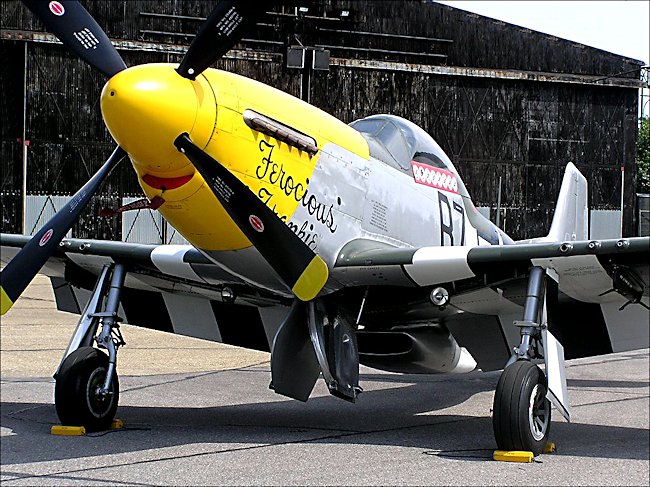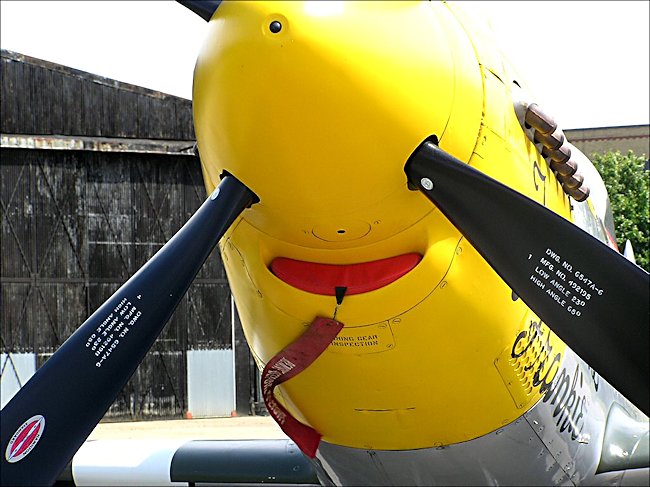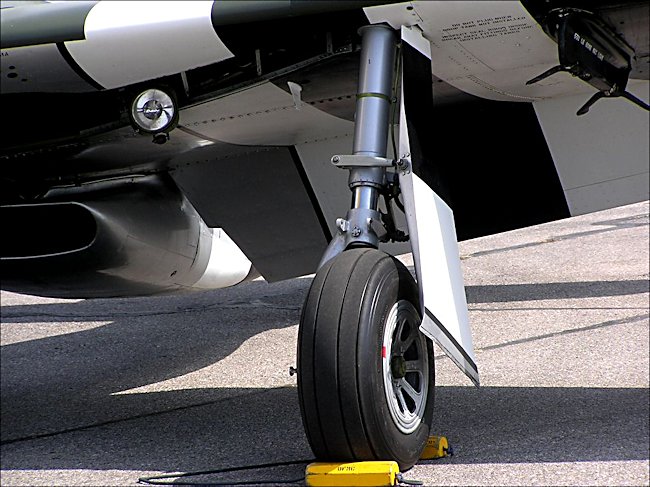WW2 P-51 Mustang Long Range Fighter
The original P51 Mustang with an Allison engine had poor performance over 12,000 feet and was only flown as a ground support and attack aircraft. The first combat mission was flown in May 1942. The P-51 originally had four .303" and two .5" machine guns in the wings and a further two .5" guns in the lower nose. The US Army Air Force (USAAF) gave it the designation A36 and called it the Apache. To improve the aircrafts performance it was fitted with the famous Rolls-Royce Merlin engine. Immediately, this increased the P51's operation ceiling to 40,000 feet. The plane's was changed back to Mustang. It's armament was increased to six .5" machine guns in the wings. It was not as good as the Spitfire, but it had the range to escort the USAAF's 8th Army bombers to Germany
The USAAF had expected that the heavy defensive armament of the B17 Flying Fortress was enough to stop enemy fighter's attacks. It was not enough and the Luftwaffe caused heavy losses. With the addition of external fuel drop tanks the P51 Mustang could escort bombers to Berlin and back. The P-51D (Mustang IV in the RAF) with its cut down the rear fuselage and new bubble canopy with more visibility became the main escort fighter. American Industry could produce 857 P-51s in one month - that's about 29 per day. Germany could not compete. From early 1944, Mustangs were available in large numbers and helped to achieve near total air superiority in Western Europe by 1945.

After World War 2 the 'P' designation letter was changed to 'F' for fighter when the United States Army Air Force (USAAF) became the US Air Force (USAF) in 1947. The F-51 Mustang was given back its original role as a close support/ground attack aircraft in the Korean War that started 25th June 1950. Its ruggedness was ideal for the rough airfields of Korea. Jet fighters took over the role of escort and interceptor. It saw combat service in the Korean War from 1950 to 1953. The F51 Mustangs flew over 62,000 missions and lost 350 aircraft to anti-aircraft fire.

In 1957 the last USAF F51 was withdrawn from service. After World War 2 the 'P' designation letter was changed to 'F' for fighter when the United States Army Air Force (USAAF) became the US Air Force (USAF) in 1947. The F-51 Mustang was given back its original role as a close support/ground attack aircraft in the Korean War that started 25th June 1950. Its ruggedness was ideal for the rough airfields of Korea. Jet fighters took over the role of escort and interceptor. It saw combat service in the Korean War from 1950 to 1953. The F51 Mustangs flew over 62,000 missions and lost 350 aircraft to anti-aircraft fire. In 1957 the last USAF F51 was withdrawn from service.


P-51 Mustang Fighter books


Tweet